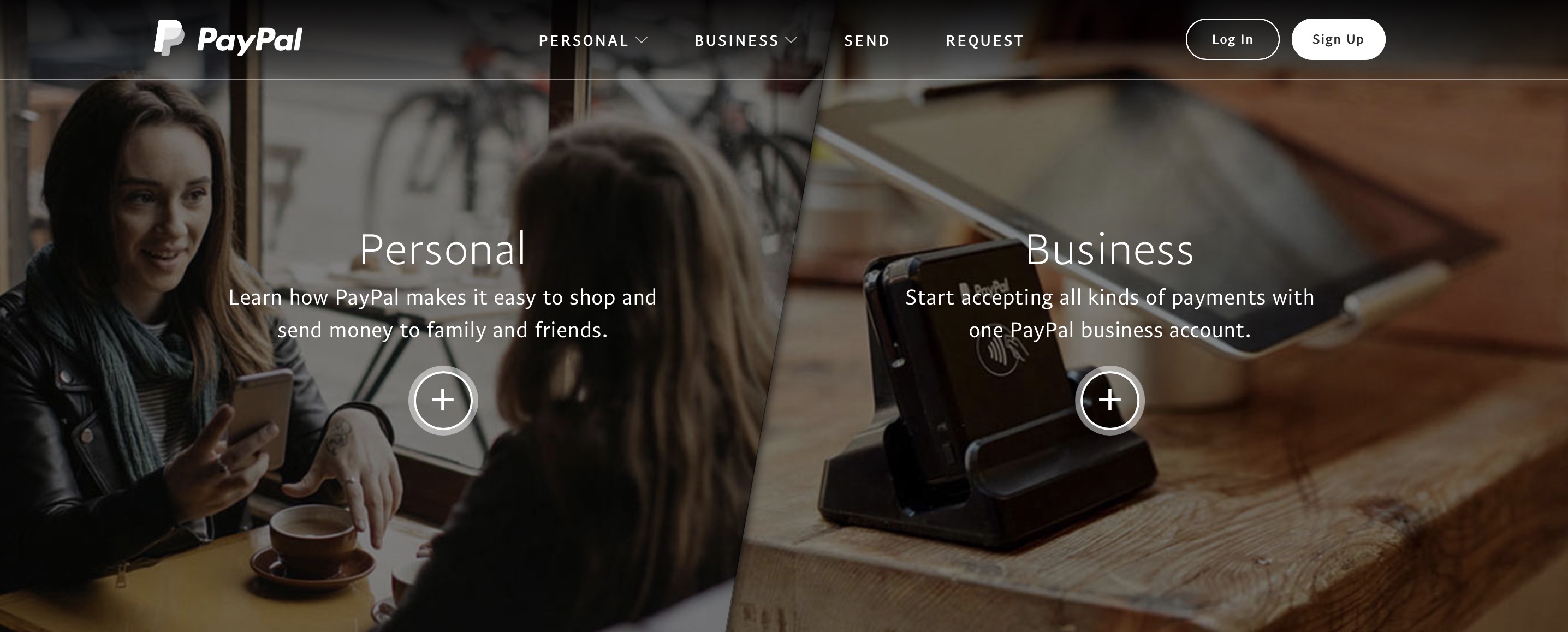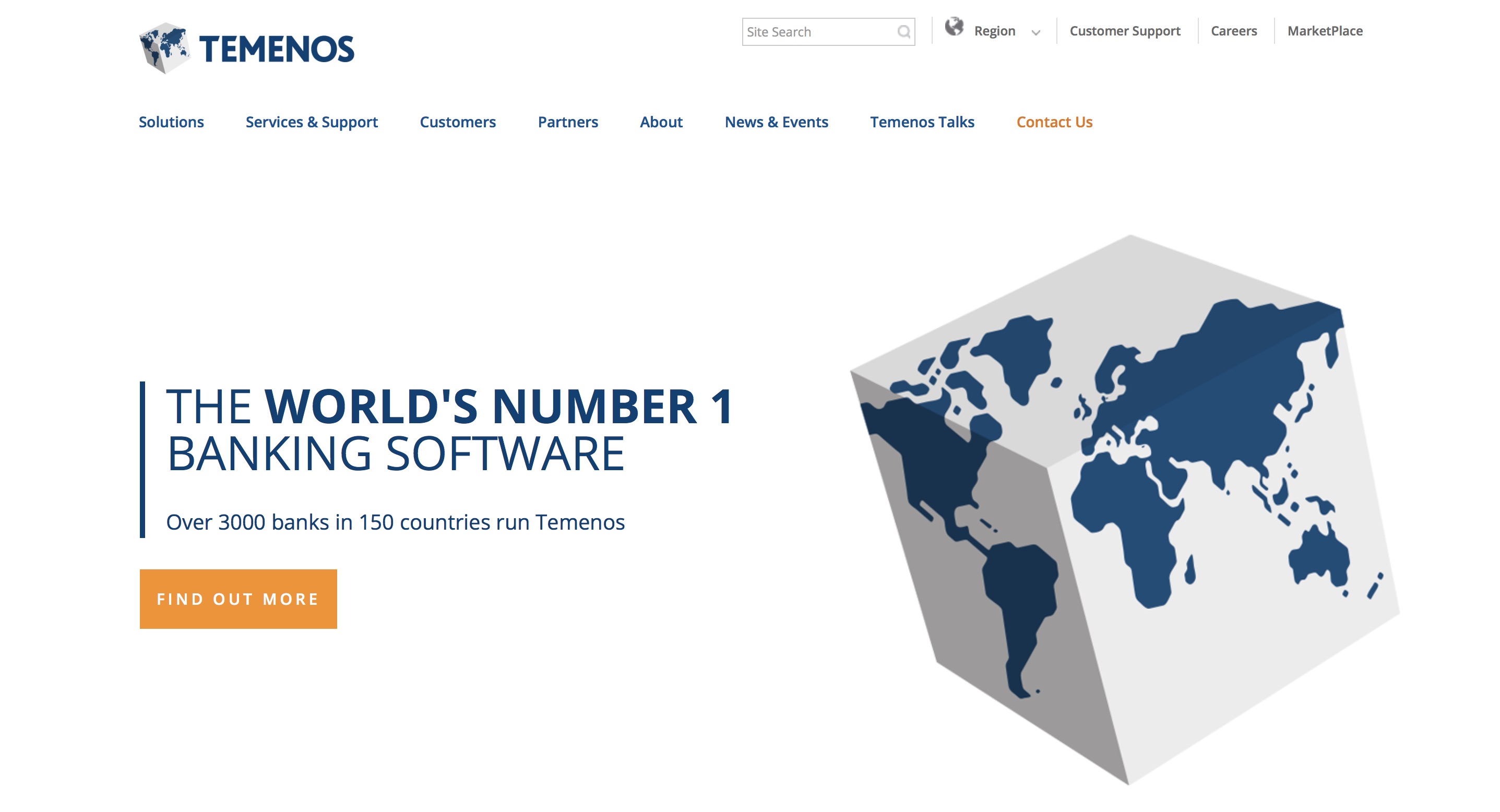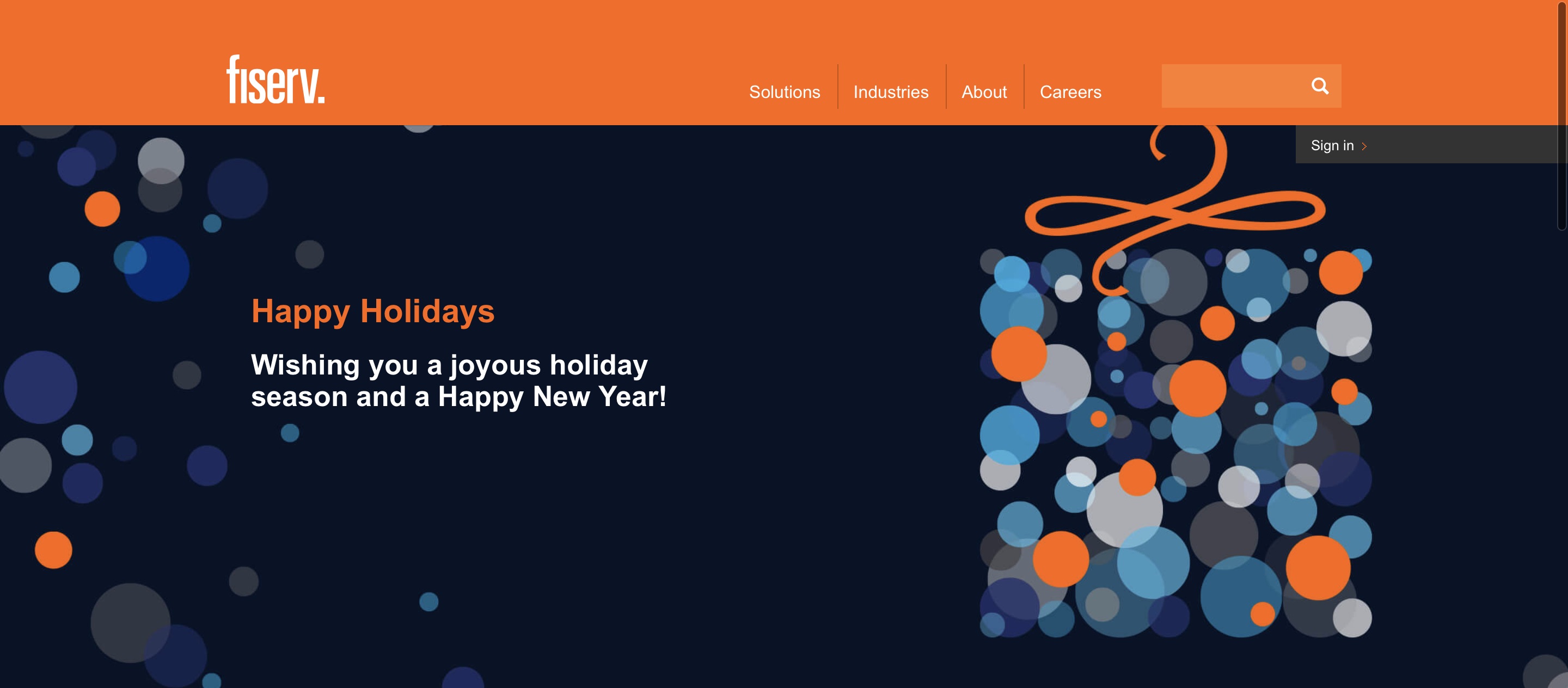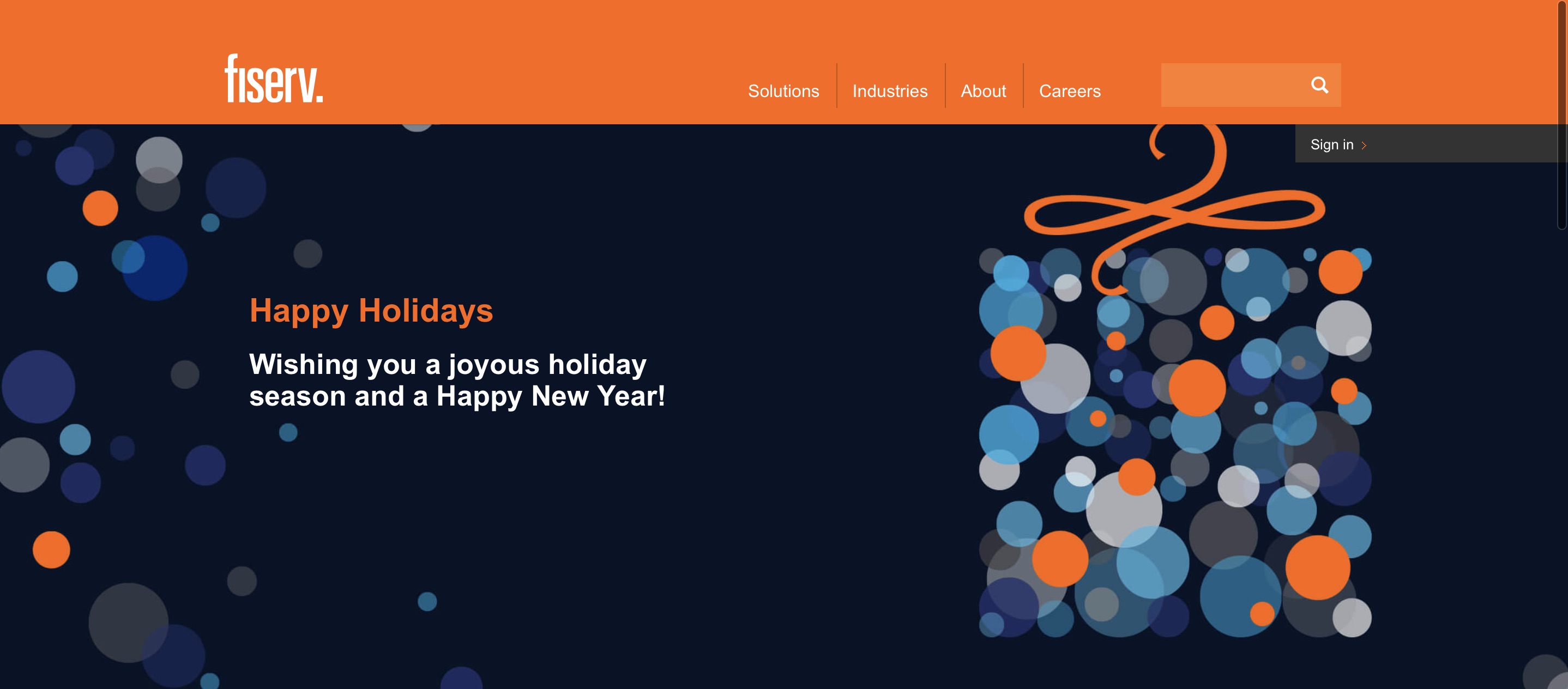
Mi BANK, Michigan’s first de novo bank in a decade, is set to debut early this year. The new financial institution announced today that it will leverage technology and expertise from Fiserv to power its launch.
“Local businesses like to bank with local financial institutions that understand the dynamics and challenges they face,” Mi BANK founder, chairman, and CEO Rob Farr explained. “Fiserv gives us the technology foundation we need and has demonstrated flexibility in accommodating us as a new bank looking to address a gap in our market.”
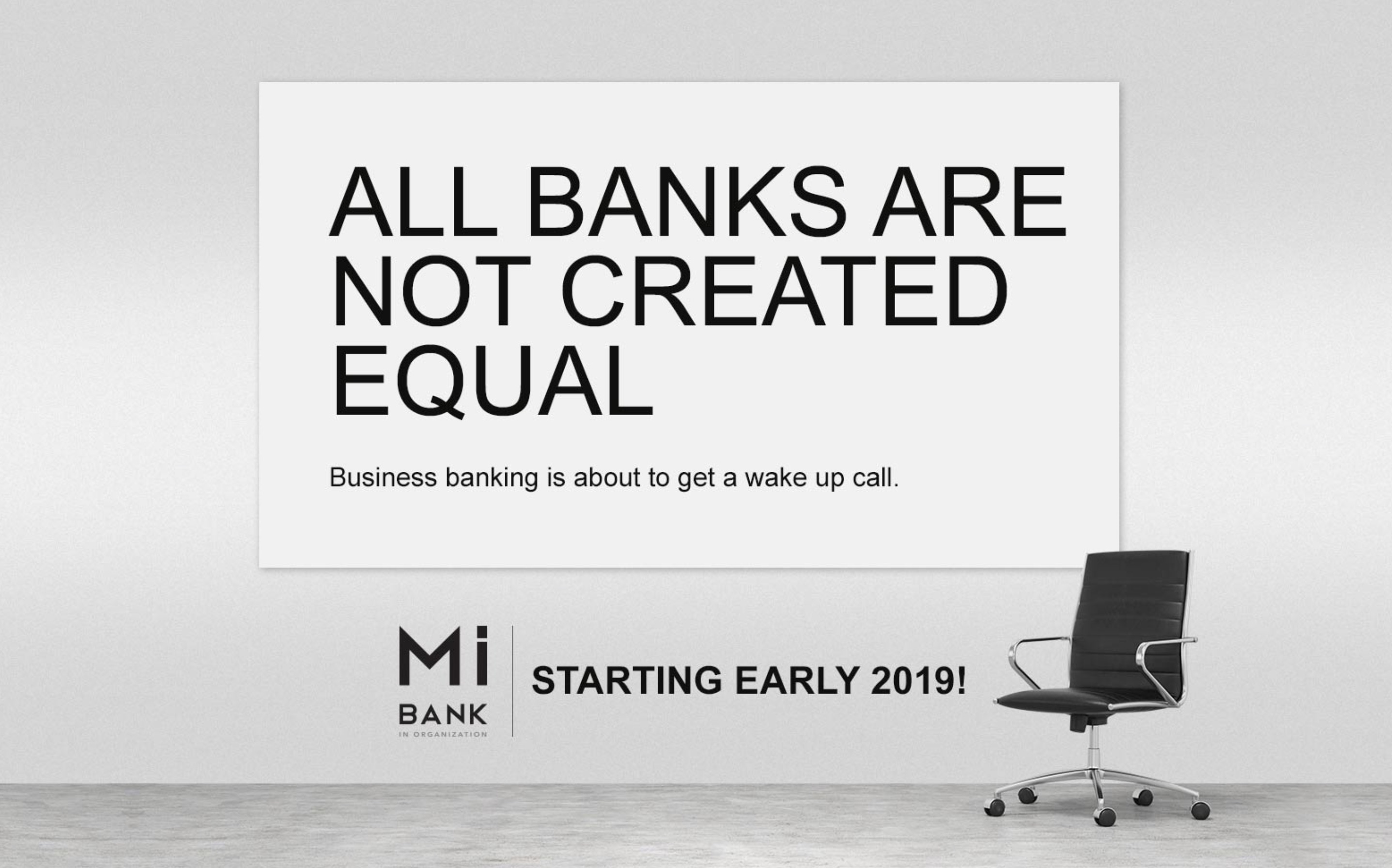
Farr and his team will benefit from their previous experience working with Fiserv, as well as from Fiserv’s history of supporting other de novo banks. Upon launch, Mi BANK will offer a full suite of banking solutions including core account processing, commercial lending, digital banking, RDC, wire transfers, and 24-hour account opening. In addition to technology implementation (what Farr called “the heavy lifting”), Fiserv will train Mi BANK’s internal staff to ensure they are able to make the most of the new technology.
“By taking a tech-forward approach, Mi BANK is ready to offer the experience and capabilities that businesses expect from their financial provider,” Todd Horvath, president of Bank Solutions for Fiserv, said.”Fiserv offers a springboard to growth for the bank as they prepare to serve customers for years to come.”
Located 25 miles outside of Detroit in Bloomfield Township, Mi BANK is among the more recent de novo banks to be approved by the FDIC. And if state regulators follow-through, Mi BANK will be the first bank to open in the state since the Great Recession. The bank will cater to small and medium-sized commercial businesses, and seeks to bring what it calls “community banking principles” to the world of SME banking.
“When we open the doors at Mi BANK we will have in place experienced bankers who  understand the importance of responding quickly and effectively to each of our customer’s distinctive needs,” Farr (pictured) said in a press release announcing the FDIC approval in October. “We’re a local organization and we understand the unique dynamics and challenges of Michigan companies.”
understand the importance of responding quickly and effectively to each of our customer’s distinctive needs,” Farr (pictured) said in a press release announcing the FDIC approval in October. “We’re a local organization and we understand the unique dynamics and challenges of Michigan companies.”
Farr served as president and CEO of Birmingham Bloomfield Bancshares (Michigan) from 2006 to 2017, when the firm was sold. An alum of Michigan State University, Farr worked in private banking for Michigan National Bank, Old Kent/Fifth Third, and TCF Bank.
De novo banks and credit unions are newly-chartered FIs – not purchased as an acquisition – that have been in operation for five years or less. Fiserv has worked with more than 400 de novo banks and CUs since 2000, providing banking platforms, e-commerce solutions, and payment technologies. Earlier this spring, Fiserv announced that its core processing platform had been selected by $455 million, R Bank of Central Texas, which opened as a de novo bank in 2009.
News of Fiserv’s partnership with Mi BANK comes less than a month after the financial technology services company announced teaming up with three U.S.-based credit unions: Ideal Credit Union and TopLine Federal Credit Union of Minnesota, and Dakota West Credit Union of North Dakota.

Above: Fiserv’s Scott Graf, Samsung SDS America’s Richard Lobovsky, and Fiserv’s Dennis Wang demonstrating the integration of new biometric authentication solutions within a digital banking platform.
Other recent headlines for Fiserv include teaming up with QuotePro in November to accelerate credit for cash payments at self-serve kiosks, and finalizing the acquisition of Elan Financial Services’ debit processing solutions. Also last fall, Fiserv forged partnerships with U.K.-based Co-operative Bank and New Jersey-based Bogota Savings Bank ($650 million in assets).
Fiserv made its first Finovate appearance in 2008, demonstrating technology that leveraged social media to help banks and credit unions attract, engage, and retain customers and members. More recently, at FinovateSpring earlier this year, the company partnered with Samsung SDS, to combine the South Korean technology firm’s biometric authentication and collaboration solutions into Fiserv’s Commercial Center: Security solution.
Founded in 1984, Fiserv is based in Brookfield, Wisconsin. The company has 24,000 associates serving more than 12,000 clients in 80+ countries around the world. With a market capitalization of $29 billion, the company trades on the NASDAQ under the ticker symbol “FISV.” Jeffrey W. Yabuki is President, CEO, and Director.
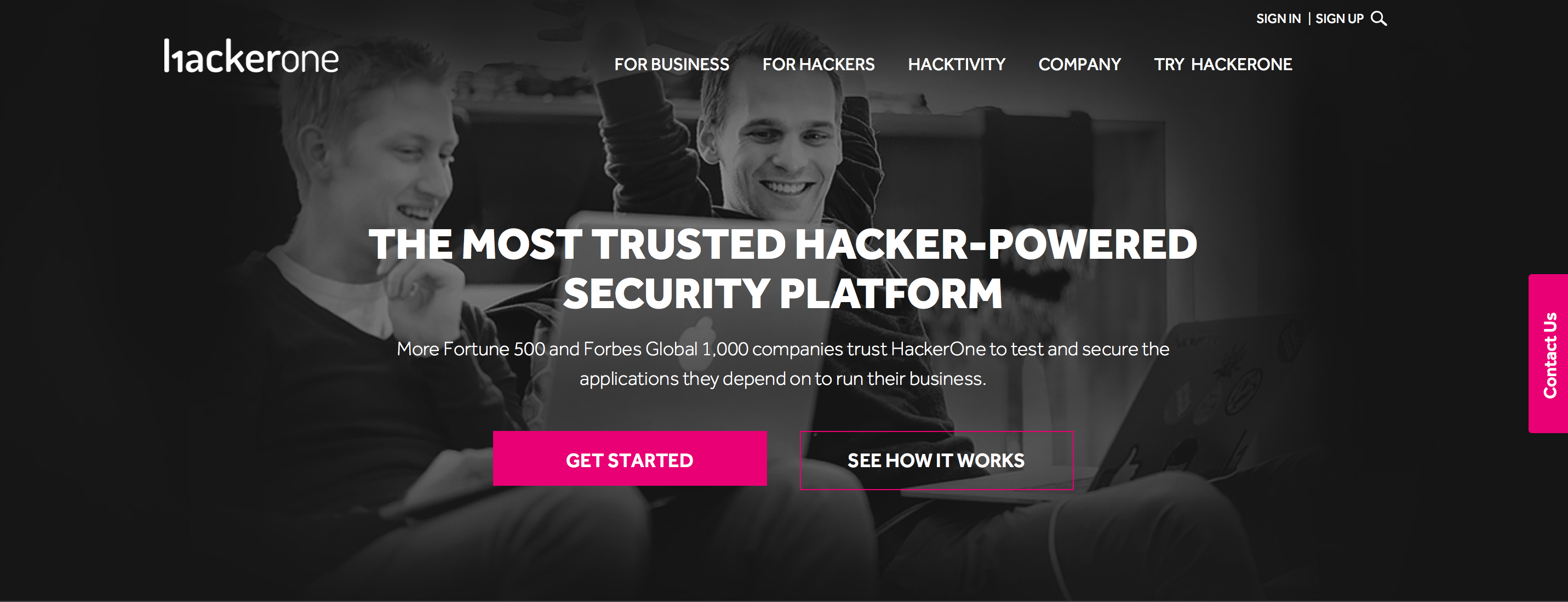
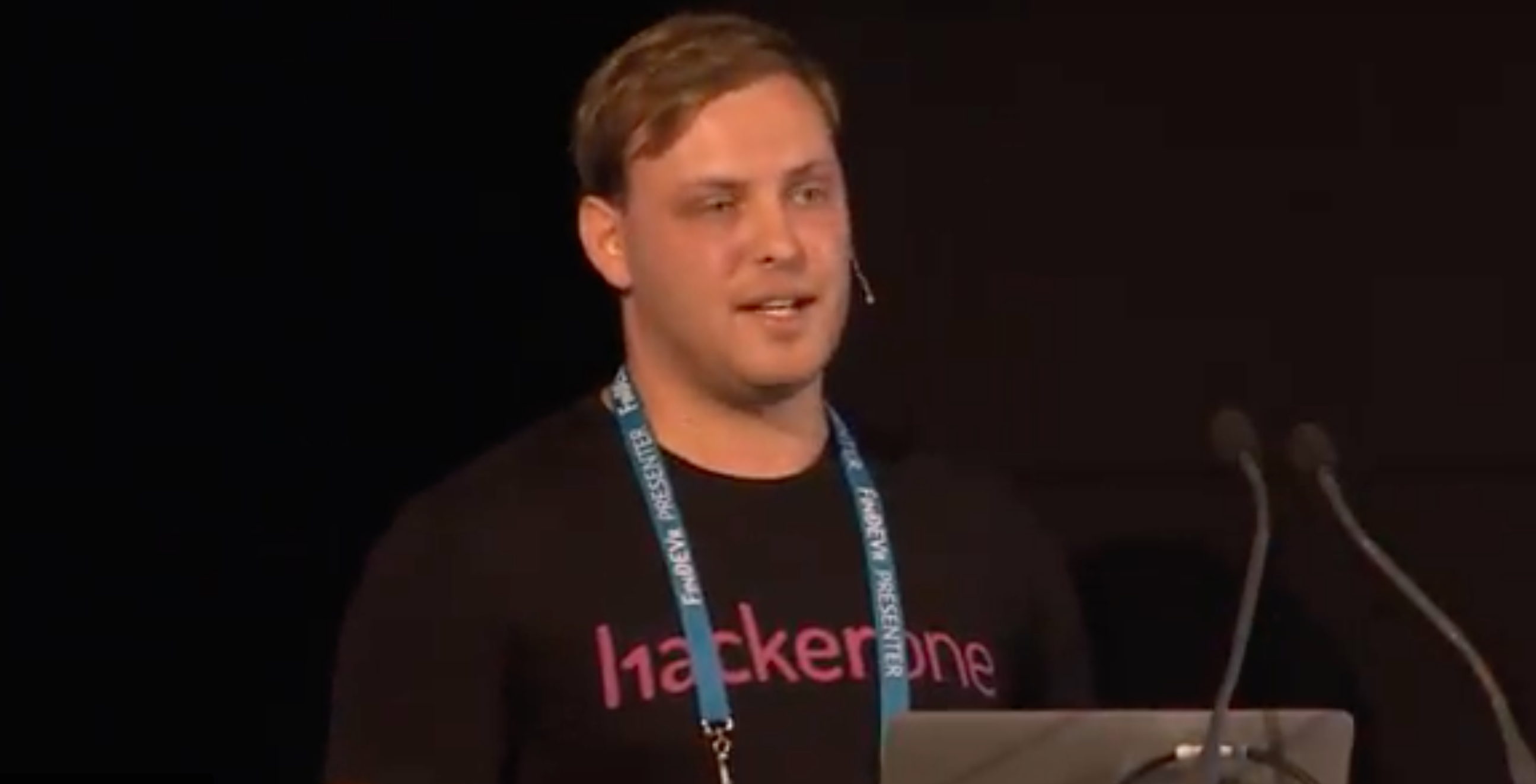
 Party member, Julia Reda, after security vulnerabilities were found in key open source software projects including the Open Source encryption library, OpenSSL.
Party member, Julia Reda, after security vulnerabilities were found in key open source software projects including the Open Source encryption library, OpenSSL.
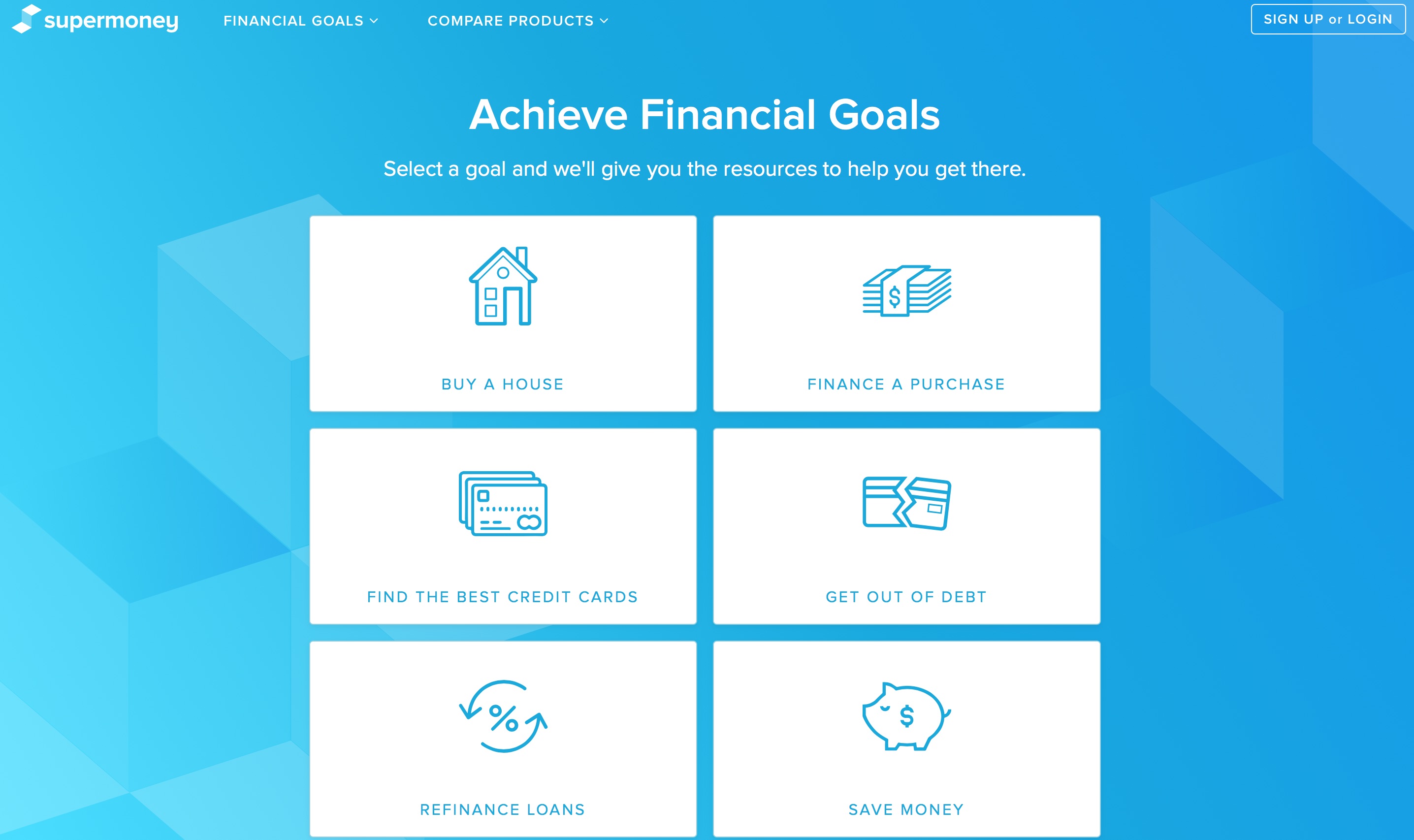

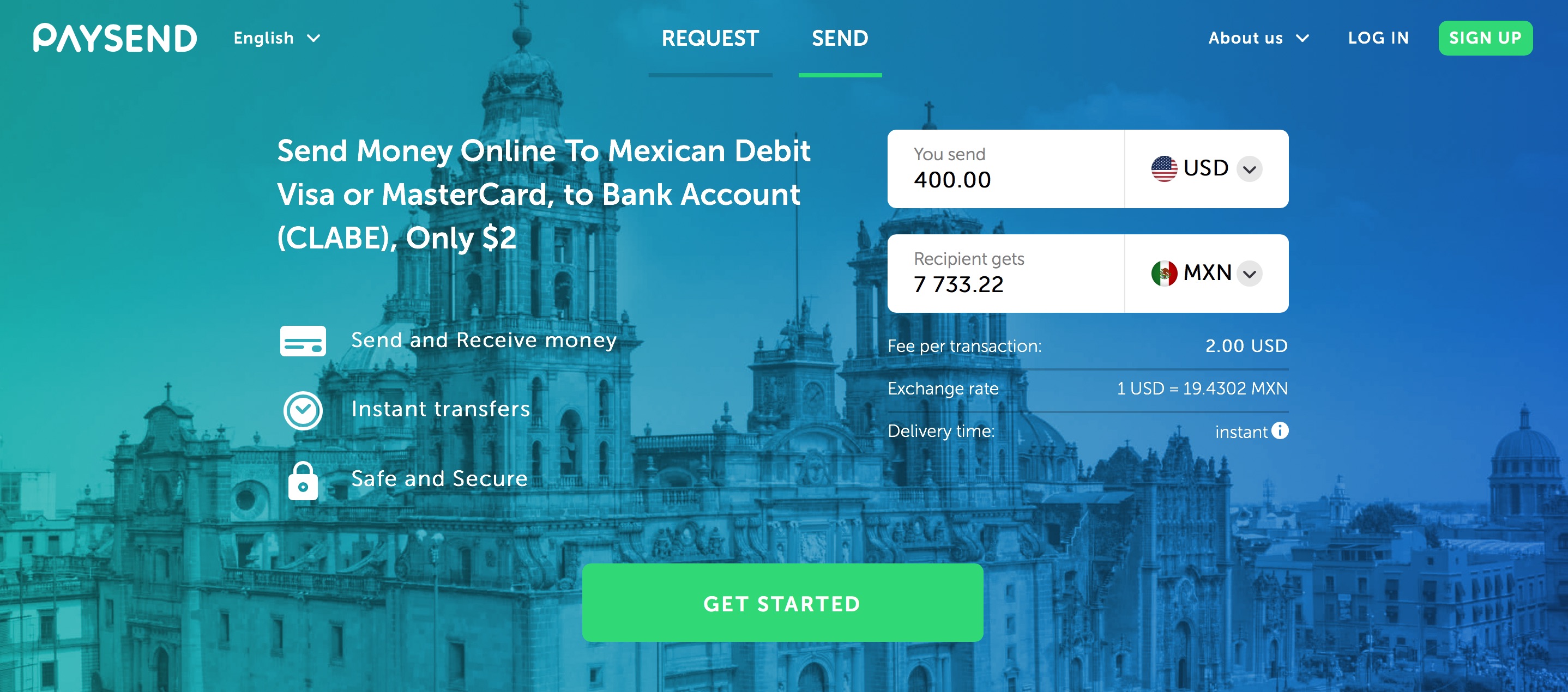



 understand the importance of responding quickly and effectively to each of our customer’s distinctive needs,” Farr (pictured) said in a press release
understand the importance of responding quickly and effectively to each of our customer’s distinctive needs,” Farr (pictured) said in a press release 
